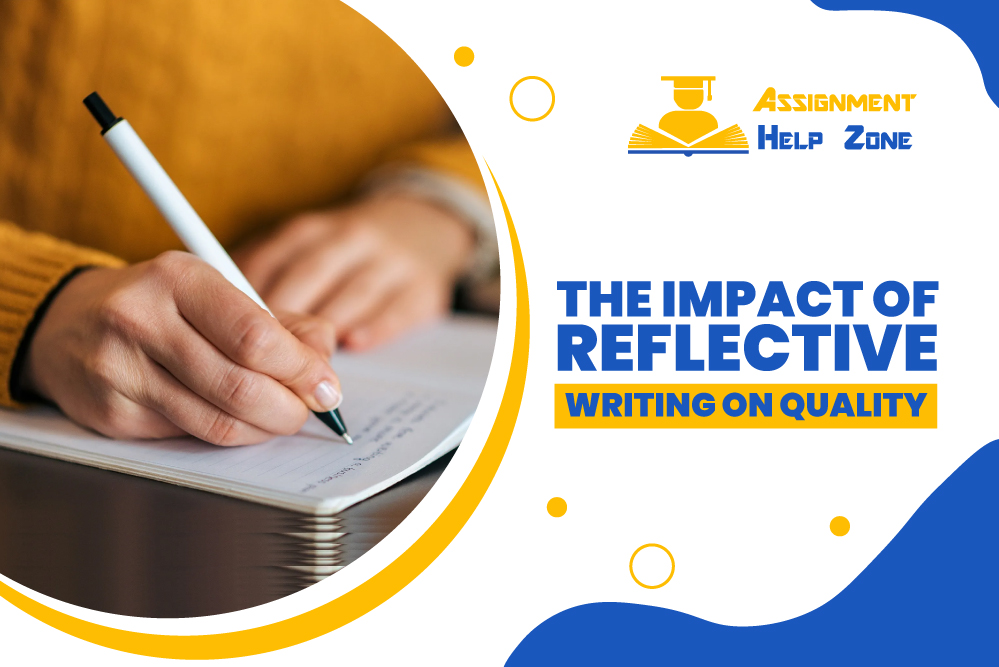Do you aim to impress a potential employer, lodge a formal complaint, or articulate a request to a government body or your business partner? If so, you have to make sure to know how to write a professional letter. Well, your knowledge of the field can ensure that your request or official letter is received with the required attention.
How to start a letter? How to end a formal letter? What is the role of a formal letter format UK? How can assignment writing services help you write and submit the right letter? Well, these are some questions that may be on your mind while working on your letter. But fear not; we shall cover each and every significant detail of a formal letter.
What is a Formal Letter?
If you are new to the term, you might quite easily get confused when it’s a matter of writing a formal letter. We know how tiring this has to be. But you don’t have to be confused anymore, as we are here to help. You should know that formal letters are one form of written communication that has a given format and tone.
Formal letters UK possess certain details, like the formal letter address of the sender and recipient, letter greetings, and letter closing remarks. Due to their certain formatting and approach, these letters are typically used for official complaints, business enquiries, and job applications.
Moreover, a formal letter follows the strict structure of a formal letter, maintains a professional tone, and has clear goals. Meanwhile, if you are writing informal letters, you should know that they can be personal. So, you can write those to your family, friends, or acquaintances and even write about personal news, invitations, congratulations, and other private topics.
A formal letter is generally characterised as being handwritten or typed, signed, stamped, and sent by mail. Still, it can be sent via email based on the urgency and communication priorities of both the sender and receiver.
Regardless of the delivery method, the aim is always the same: delivering the message in a clear and professional manner. You should know that there are multiple types of formal letters. Among them, here are some of the formal letter examples: offer acceptance letter, sales letter, professional thank you letter, letter of recommendation, termination letter, cover letter, letter of intent, and business letter.
Importance of a Formal Letter
Formal letters are employed very frequently for business communication, academic use, or even personal use, like job searching or official requests. Formal letters, written properly,y express professionalism and allow you to express your message respectfully and efficiently. If so, this manner creates a good first impression, and the one reading will understand what you want from him or her easily.
How to Write a Formal Letter?
First of all, have a look over the letter generally, as a structure. Here, then, are the basics of formal letter writing:
Your Address: At the top left-hand side, one places his or her address. If the writing is being done on behalf of an organisation, the company’s address should be used. Leave a line after your address.
Date: Beneath your address, put down the date of writing the letter. The full date is optional; alternatively, you might write 19 November 2024 or more formally 19th November 2024.
Recipient’s Address: There is space to leave, then follow the address, title, and name of the addressee.
Salutation/Greeting: The friendly welcome that preceded your letter affects the way the letter is perceived, so it must always be respectful and appropriate.
Body: Here, you indicate what the intention of your letter is. Please keep it concise, clear, and polite.
Closing: This should be more respectful and professional, with a good concluding tone, just like in the opening.
How to Start a Professional Letter?
Is starting a letter for your business, a job, a client or any of your professional associates something that interests you? The first thing you need to note is that starting a letter formally may seem challenging, but in reality, it is much easier than that with the right words and structure. Remember, a letter should start with respectful words that promise the rest of the letter will also be respectful and straight to the point. So, you need to make sure to stay focused while starting a formal letter. Here are some ways to start a letter:
Start with a Formal Letter of Salutation
What is the salutation of the letter? Understand, therefore, that since the salutation of a formal letter is the first thing the reader sees, it should be very correctly applied. So you open your letter “Dear,” affix the recipient’s title (Mr., Ms., Dr., etc.) followed by his last name. For uncertainty over gender or title, be safe and open with “Dear [First and Last Name]” or ‘Dear [Job Title]’ (like Dear Hiring Manager).
For Example: Dear Mr. Smith, Dear Dr. Johnson, and Dear Hiring Manager.
If You Don’t Know the Name, Use a General Greeting
On other occasions, you may not even know the person’s name. Otherwise, a chief general greeting would suffice.
Example: To Whom It May Concern,
Be Mindful of the Tone
Keep your tone professional from beginning to end. The first sentence should declare the reason for your letter, but not too informally or too formally. So, come to the point and avoid slang or very friendly language.
Example of formal opening: I hope this message finds you well.
Example for direct communication: I am writing to enquire about…
By greeting appropriately with an introduction, you will ensure from the word go that your formal letter creates an impression of being strong and respectful.
How to End a Professional Letter?
How to end a letter? Well, ending a formal letter is just as important as starting it. As a student or business owner, you have to realise that it’s your last chance to make a positive, professional impression. A nicely written closing conveys respect and makes sure your message is concise and courteous. Here’s how to end a letter formally:
Choose a Formal Closing Phrase
The closing expression, or the valediction, should reflect the tone of your letter. Common formal closings include:
Sincerely, A safe and widely accepted option for almost all formal situations.
Best regards: A slightly warmer option, still professional but a bit more friendly.
Yours faithfully: It is used when you do not have the name of the recipient (a common aspect in British English).
Yours truly: It is commonly used when you are familiar with the name of the person, especially in American English.
Kind regards: A polite, professional ending, suitable for most formal letters.
Examples: Sincerely, Best regards, and Yours faithfully.
Add Your Signature
After your closing phrase, leave some space for your handwritten signature (if it’s a physical letter). In an email message, simply enter your name or signature electronically. Where you’re responding to a previously known recipient and including your company title or title is helpful, you may.
Example: Sincerely,
[Your Name]
[Your Job Title (optional)]
Optional: Add Contact Information
If feasible, you might place your contact information underneath your signature, especially for a business letter. It indicates openness to further communication.
Example:
[Your Phone Number]
[Your Email Address]
Be Gracious
At the closing of a formal letter where a favour is being asked, it is appropriate to state, even in the most minimal words, a thank you.
Example:
Thank you for your time and consideration.
I look forward to hearing from you soon.
Using the provided sign-off of your formal letter allows you to keep your professionalism while still retaining the respect of the reader. But be aware that a good close assists in reinforcing your message and invites further communication.
Tips for Writing a Formal Letter
Format Correctly
You need to include the date, address, and the address of the recipient and begin with a proper greeting like “Dear Mr./Ms. [Last Name]” or “To Whom It May Concern.”
Keep a Polite and Professional Tone
Be respectful and avoid casual language or slang. You also need to be clear and concise.
Structure Your Letter
Start with a brief introduction. After that, you need to present your main points in clear paragraphs. Lastly, end with a polite conclusion.
Use Proper Grammar and Spelling
Proofread for mistakes. You can use formal language and correct punctuation.
End Politely
End your letter with “Yours sincerely” (if you have the name) or “Yours faithfully” (if you do not). But don’t forget to sign your name.
Conclusion
Regardless of your career or objective, paying attention to the beginning and conclusion of the formal letter is important. Well, the more cautious you are, the more professional your writing will be. Besides the professional tone, you also have to make sure that your letter is polite, concise, and clear.


